Chrysanthemum /Chrysanthemum balsamita/ is a perennial herb that is known under the names conditioners chrysanthemum and turta. Chrysanthemum leaves are elliptic, toothed on the edges, gray-green and have very strong pilosity.
Chrysanthemum has a pleasant fragrance. The stem reaches one meter, blooms in yellows. The plant originated in the Mediterranean but is cultivated throughout Europe. As a medicinal and culinary plant, it is also used in Rome and Ancient Greece. In the past they called Chrysanthemum Bible leaf, they walked to church and with it noted the pages in the Bible to refresh the aroma of the herb.
Chrysanthemum is s frost-hardy plant, once you have planted it in the garden, it can reproduce. Grows well in all soils and withstands drought. In a word, enjoy Chrysanthemum, without taking much of an effort. However, if you want the plant to survive and give you quality products, water it regularly, weed it and nurture the soil.
If you want to plant Chrysanthemum in a pot or in the garden, you have two main options - in March-April month to sow seeds or seedlings, or to transplant roots.
Composition of Chrysanthemum
Chrysanthemum leaves have a fresh scent that is retained even after drying. They are rich in vitamin C, calcium, potassium, phosphorus, magnesium, mineral salts and carotene.
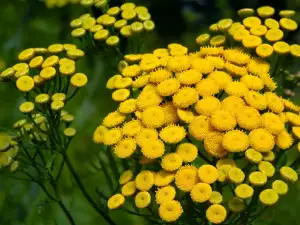
Collection and storage of Chrysanthemum
Collecting Chrysanthemum leaves is done periodically. They are cut with handles and make connections. During the growing season, you can make about 3-4 harvests, and if the plant is grown for its essential oil, harvesting should be done at the stage of flowering. Store Chrysanthemum in a cool, dry area away from direct sunlight. Usually Chrysanthemum leaves are not dried, but some Balkan villages them dry before use.
Culinary use of Chrysanthemum
Chrysanthemum leaves smell very nice - somewhere between mint and lemon. They are the perfect spice, you do not need more than two leaves to flavor the dish. Do not put Chrysanthemum leaves in soups, because meal starts bitter. You can use Chrysanthemum to season lamb, potatoes, beans.
The spice is very unassuming, yet adds more flavor to a chosen dish. Combine Chrysanthemum with garden tea, rosemary, lemon balm. Chrysanthemum can be used in all dishes that mingle with rosemary. In practice, Chrysanthemum can substitute rosemary in most dishes.
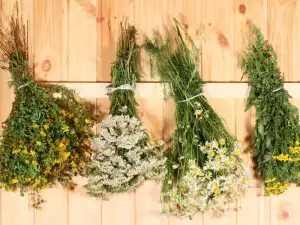
Benefits of Chrysanthemum
Decoction of Chrysanthemum is used to treat intestinal worms, neurosis, colitis, hemorrhoids, rheumatism, gallstones and kidney. Usually take 1 tsp of the dried herb and steep for 10 minutes in 300 ml of hot water. Strain and drink 100 ml 3 times a day before eating.
Chrysanthemum soothes and improves appetite. Chrysanthemum is an integral part of the spring herbal teas used for cleansing the blood. Drink Chrysanthemum as aromatic tea - a few leaves in a cup of boiling water.
Chrysanthemum is recommended for fibroids in the uterus, bleeding, uterine bleeding, cysts and mastopathy. For external applications, it is used for hemorrhoids.
Dangers of Chrysanthemum
Be careful with taking Chrysanthemum because in high doses, it is toxic. Best take it under medical supervision to avoid side effects.
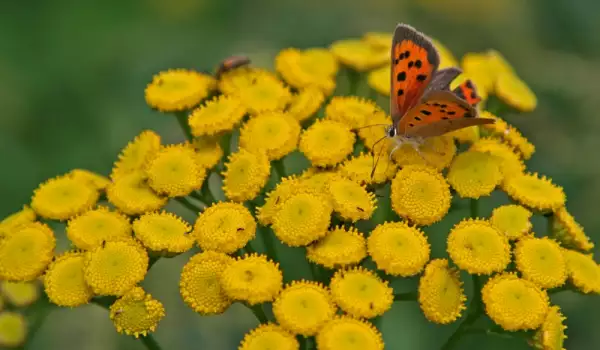
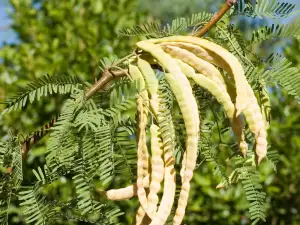
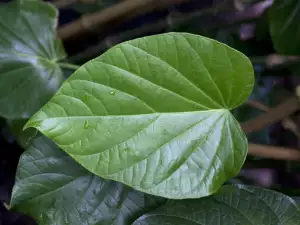
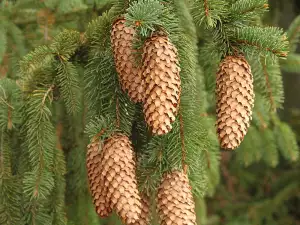
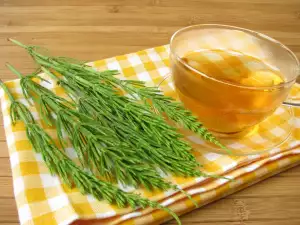
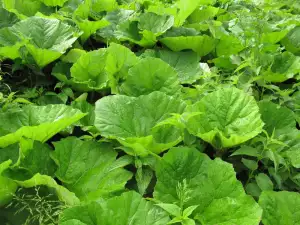
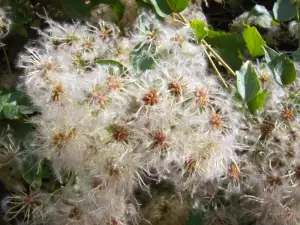




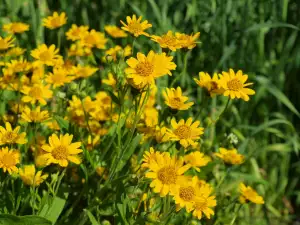
Comments